
By futureTEKnow | Editorial Team
The buzz at Automatica 2025 in Munich was impossible to ignore—especially at the Comau booth, where the industrial automation giant pulled back the curtain on a suite of new robotics solutions that signal where manufacturing and logistics are headed next. Here’s what stood out for those tracking the future of collaborative robots (cobots), autonomous mobile robots (AMRs), and smart welding on the factory floor.
Comau’s latest cobot lineup was a highlight, drawing attention for its blend of advanced safety features and high payload capacity. The new models are designed to work side-by-side with human operators, tackling tasks that require both precision and flexibility. Notably, the AURA cobot, boasting a 60kg payload, sets a new benchmark for collaborative robots, opening up applications in heavy-duty assembly and material handling that were previously off-limits for cobots.
What’s driving this evolution? Manufacturers are demanding robots that can adapt to dynamic environments, learn quickly, and operate safely without cages or barriers. Comau’s new family answers that call, integrating smart sensors and intuitive programming interfaces to make deployment faster and more accessible—even for teams with limited robotics experience.
The launch of the MyMR AMR family marks Comau’s entry into the fast-growing world of mobile robotics. These autonomous vehicles are built to navigate complex industrial spaces, moving components, and finished products between workstations with minimal human intervention.
Key features include:
Dynamic path planning to avoid obstacles and optimize routes in real time.
Modular payload options for different use cases, from small parts to heavy pallets.
Seamless integration with existing MES and warehouse management systems.
With supply chains under constant pressure, the need for flexible, scalable intralogistics solutions is more urgent than ever. Comau’s AMRs are positioned to help manufacturers boost throughput, reduce downtime, and respond quickly to shifting production demands.
Welding remains one of the most challenging tasks to automate, but Comau’s new welding gun technology—also unveiled at Automatica—aims to change that. The system leverages sensors and adaptive controls to deliver precise welds, even as part geometries and materials vary from job to job.
This is especially relevant for industries like automotive and aerospace, where quality and repeatability are non-negotiable. By combining advanced robotics with intelligent process monitoring, Comau’s solution promises to cut defects, streamline setup, and enable faster transitions between product variants.
Comau’s latest launches reflect broader trends shaping the robotics landscape:
Collaborative automation is moving beyond light assembly to tackle heavier, more complex tasks.
Mobile robots are becoming a backbone of agile manufacturing and logistics, breaking down silos between production and warehouse operations.
Intelligent tools like adaptive welding systems are closing the gap between human craftsmanship and robotic consistency.
For tech leaders and operations managers, these innovations aren’t just incremental—they’re foundational for building the smart factories of tomorrow. As robotics continues to evolve, expect to see even tighter integration between hardware, software, and human expertise on the shop floor.
Founded in 2018, futureTEKnow is a global database dedicated to capturing the world’s most innovative companies utilizing emerging technologies across five key sectors: Artificial Intelligence (AI), immersive technologies (MR, AR, VR), blockchain, robotics, and the space industry. Initially launched as a social media platform to share technology news, futureTEKnow quickly evolved into a comprehensive resource hub, spotlighting the latest advancements and groundbreaking startups shaping the future of tech.

Bridgit Mendler’s Northwood Space is pioneering mass-produced ground stations, enabling scalable, high-speed connectivity for the new era of satellite networks and megaconstellations.
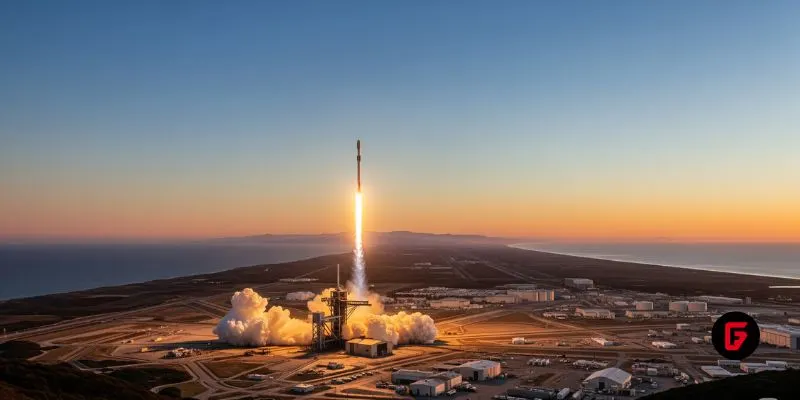
SpaceX aims to nearly double launches from Vandenberg in 2025, facing support from federal agencies but strong objections from the state and local communities.

Traditional Medicare will pilot AI-assisted prior authorization in 2026 across six states, focusing on high-risk outpatient services. Clinicians retain final say, but incentives and access concerns loom as CMS tests fraud reduction and “gold card” exemptions. Here’s what providers and patients should know.
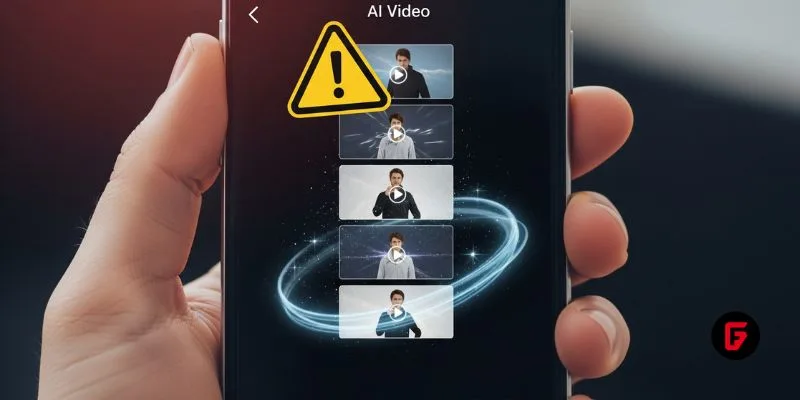
OpenArt’s new “one-click story” compresses scripting, visuals, and edits into ready-to-post short videos—fueling viral growth and a fresh IP debate. We break down how it works, adoption signals, what’s next (multi-character, mobile), and practical guardrails creators and brands should follow to stay original and compliant.
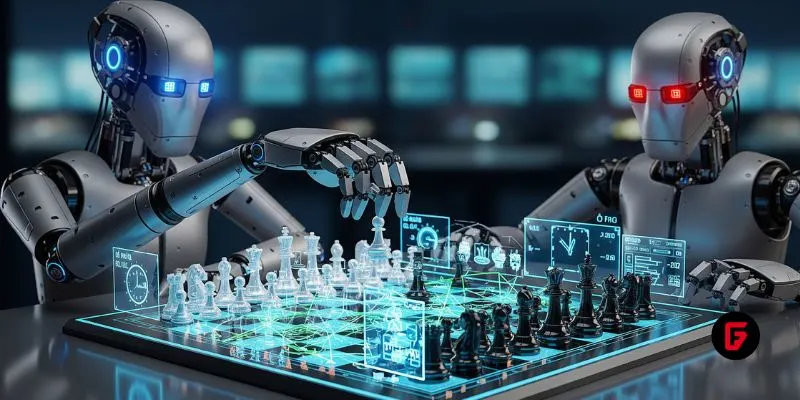
OpenAI’s o3 swept the Kaggle AI chess tournament, defeating xAI’s Grok 4–0. The victory fueled the intense rivalry between Altman and Musk, reshaping AI benchmarks.
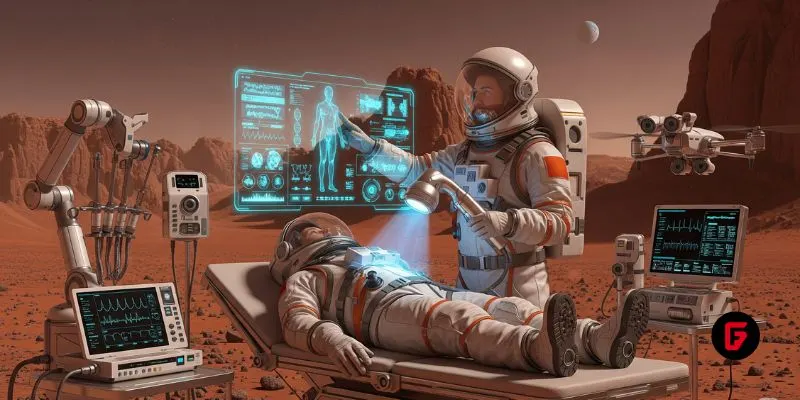
NASA and Google’s AI-powered Crew Medical Officer Digital Assistant enables autonomous diagnoses for astronauts on Mars missions, redefining remote healthcare for space and Earth.

Pinterest’s CEO confirms that fully agentic AI shopping is years away, as the platform invests in AI-powered tools to enhance discovery, inspiration, and personalized shopping experiences for millions.
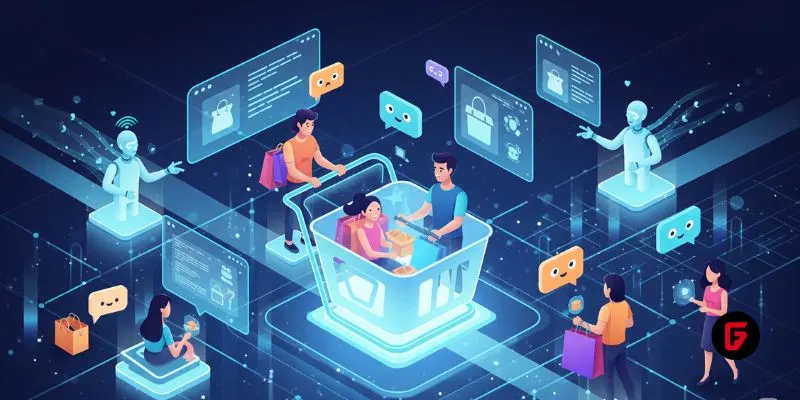
Shopify’s new AI shopping tools are transforming e-commerce, letting agents and chatbots deliver smooth, personalized shopping and checkout experiences across platforms. Learn how these innovations reshape online retail.
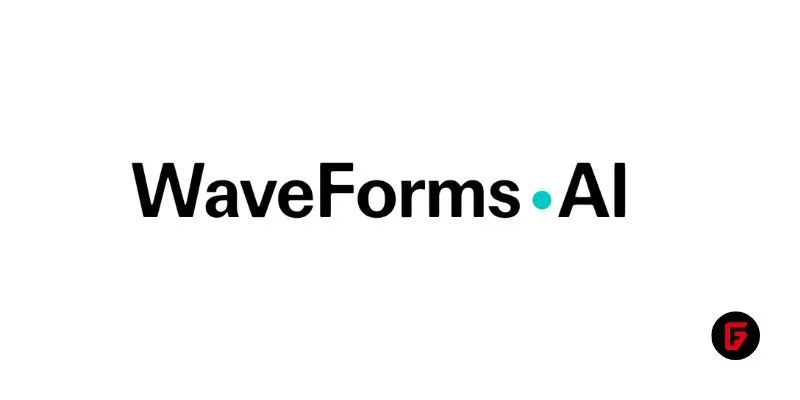
Meta has acquired WaveForms AI, a startup pioneering emotion-detecting voice technology. Learn what this means for Meta’s AI voice ambitions and the future of AI audio.
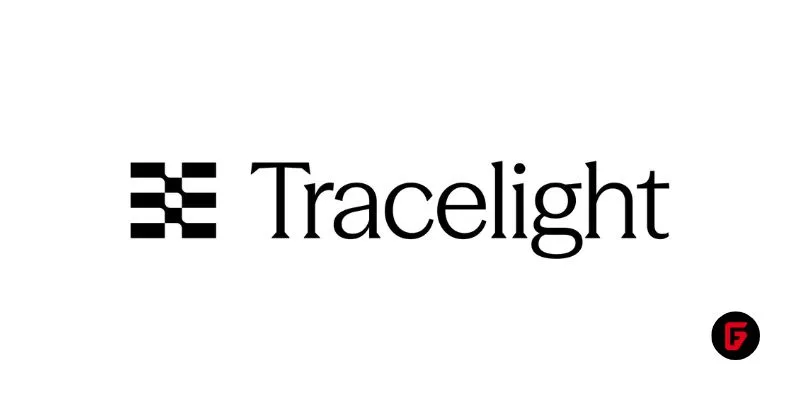
Tracelight is revolutionizing financial modelling for finance professionals with AI-powered Excel tools that automate complex tasks, reduce errors, and unlock new analysis capabilities. Learn how this next-gen solution changes the future of spreadsheets.
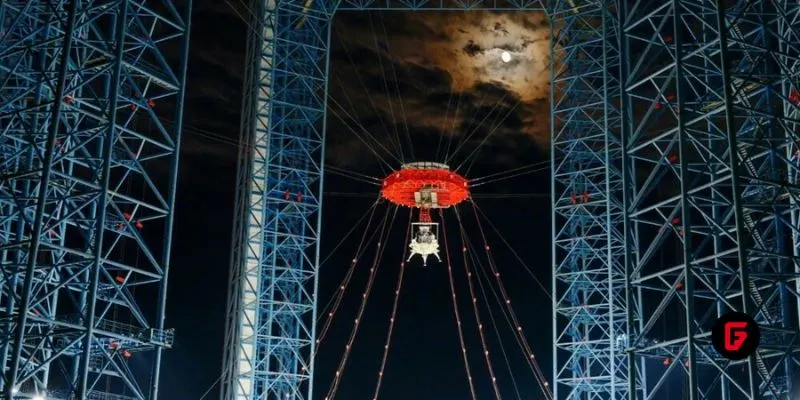
China’s Lanyue lander completed its first major test, showcasing advanced engineering for safe, crewed moon landings before 2030. Explore how this milestone shapes the space race.
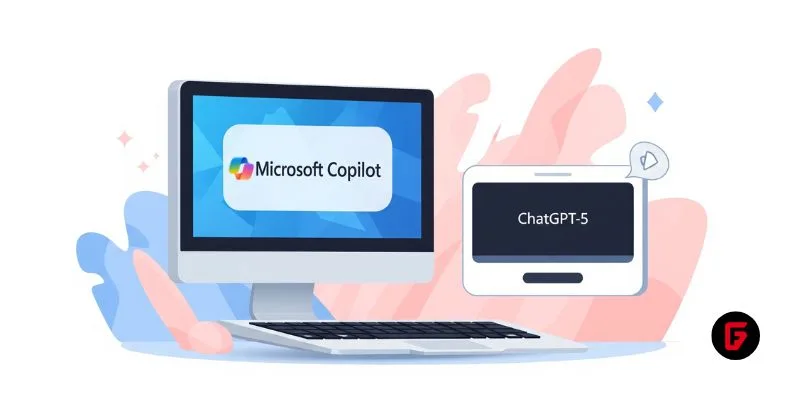
Microsoft rolls out GPT-5 across its Copilot suite, integrating smarter AI for enterprise and personal users. Discover new features, free access, and what sets this launch apart.
To provide the best experiences, we use technologies like cookies to store and/or access device information. Consenting to these technologies will allow us to process data such as browsing behavior or unique IDs on this site. Thanks for visiting futureTEKnow.